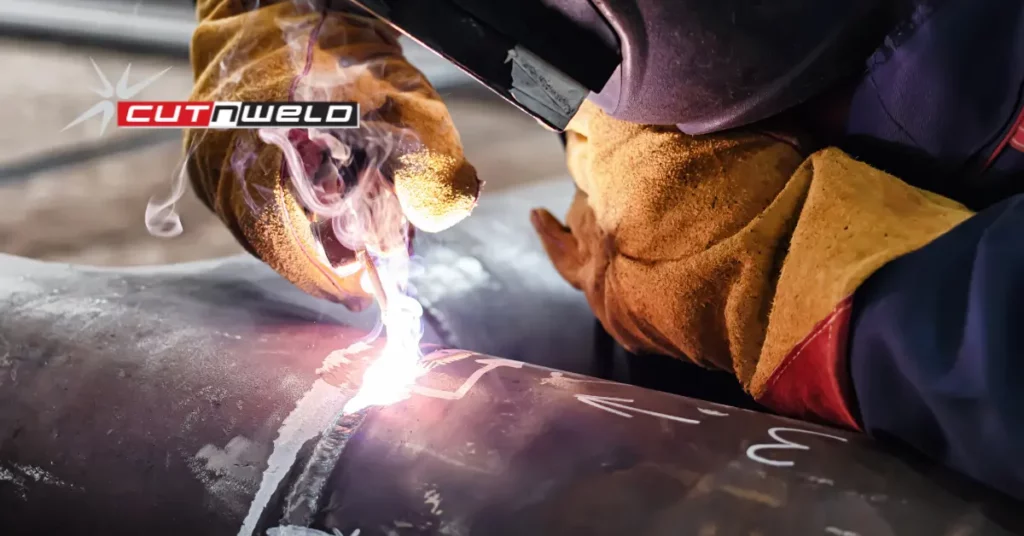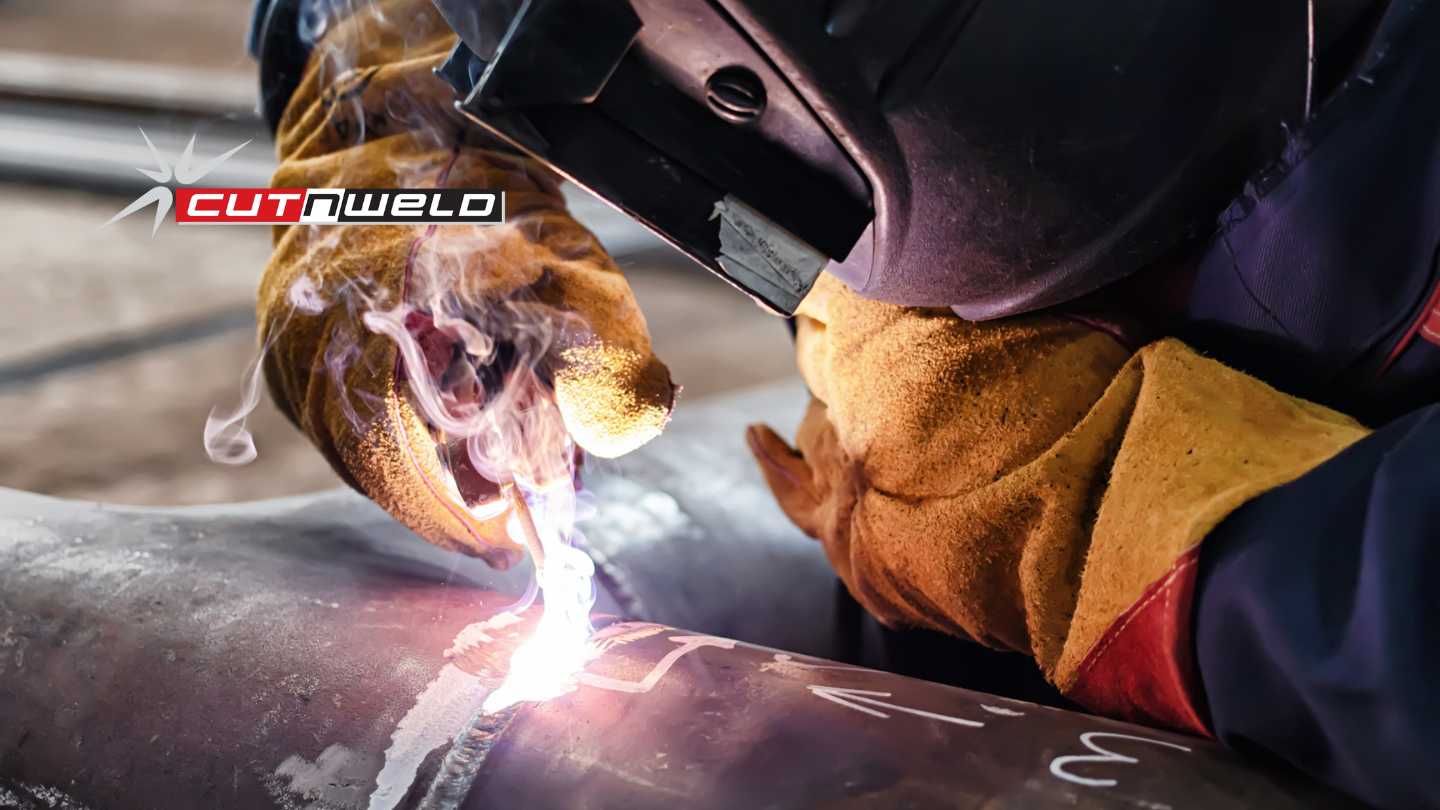
Hidden Heroes: Uncover the Unseen Types of Welding That Hold Our World Together
Welding is the unseen force holding modern structures together. Knowing the right types of welding is essential.
No products in the Quote Basket.
No products in the Quote Basket.

Welding is a fundamental process in manufacturing, construction, and repair work. Welding involves joining two pieces of metal together using high heat and pressure. A weld is created by melting the edges of the metal to be joined and allowing them to solidify.
The resulting joint, a welding bead, holds the metal pieces together. Depending on the application, several types of welding beads can be used, including butt joints, lap joints, and T-joints. In this article, we will explore different types of welding beads in detail.
The stringer bead is the most basic type of welding bead. It is created by moving the welding torch straight along the joint. This bead is commonly used in flat welding and is ideal for joining two pieces of metal of the same thickness. Stringer beads are strong and reliable and are often used to build structures and machinery.
The weave bead is a welding bead created by moving the welding torch back and forth in a zigzag motion. The resulting bead has a wider profile than a stringer bead and is ideal for welding thicker metals or filling joint gaps. Weave beads are often used in construction and repair work.
A backhand weld is a welding bead created by moving the welding torch away from the weld puddle. This technique is useful when welding thin metals as it helps prevent burn-through. However, it can also lead to a weak weld if incorrectly done.
A concave welding bead is the opposite of a convex welding bead. It is formed when the welding heat source is directed towards the back of the weld, causing the molten metal to flow towards the center and create a depressed or concave shape in the middle of the bead.
A concave welding bead is often used when welding thick materials because it allows for better penetration into the base material, which helps to create a stronger weld. It can also be used when welding materials that have a tendency to warp or distort during welding, as the concave shape helps to counteract these effects.
However, it is important to note that a concave welding bead can also be a sign of improper welding technique, such as too low of a heat input or an incorrect welding angle. In these cases, the concave shape can indicate a lack of fusion between the base material and the filler material, which can weaken the strength of the weld.
A forehand weld is the opposite of a backhand weld. It is created by moving the welding torch towards the weld puddle. This technique is useful for welding thicker metals, producing a stronger weld than a backhand weld. However, it is also more difficult to control and requires more skill and experience.
A forehand weld creates a convex welding bead. This is because in a forehand weld, the flame or heat source is directed towards the direction of welding, causing the molten metal to flow towards the front of the weld. As a result, the bead that is formed is raised in the center and slopes downward towards the edges, creating a convex shape.
The plug weld is a welding bead created by welding a small circular area on the surface of the metal. This bead is often used when creating a lap joint or joining two pieces of metal together. The plug weld is strong, reliable, and ideal for creating a flush joint.
The bead formed in a plug weld is generally circular or oblong in shape, and is referred to as a plug weld bead. The size and shape of the plug weld bead will depend on the size of the hole and the thickness of the materials being welded.
In conclusion, several types of welding beads can be used depending on the application. Cut-N-Weld experts can’t stress enough how important it is for welders to understand the differences between these welding beads to select the right bead for the job and create a high-quality, strong, reliable weld. With proper technique and practice, welders can master these welding beads and create high-quality welds that are strong, reliable, and durable.
The Cut-N-Weld online store makes browsing the products you’re looking for easy. Register a free account on our eCommerce platform to conveniently reorder based on past purchases. Take advantage of buying directly from the distributor.

Welding is the unseen force holding modern structures together. Knowing the right types of welding is essential.

Choosing the right gas welding rod involves considering factors like the base material, the welding process, and the desired weld characteristics.

Metal cutting is a fundamental process in countless industries.
2025 Copyright © CUT-N-WELD. All Rights Reserved. Disclaimer : Privacy Policy | Site By Xponent